The Great Inkwell Experiment
-
Forum Statistics
352.4k
Total Topics4.6m
Total Posts -
Member Statistics
125,582
Total Members2,522
Most OnlineNewest Member
Mandopicker101
Joined -
Images
-
Albums
-
Photo for my Posts
- By AceNinja,
- 0
- 0
- 15
-
j1tters
- By 2ouvenir,
- 0
- 1
- 41
-
Uploads
- By hari317,
- 0
- 0
- 20
-
Mercian’s Miscellany
- By Mercian,
- 0
- 18
- 25
-
Translated third-party content
- By A Smug Dill,
- 2
- 31
-


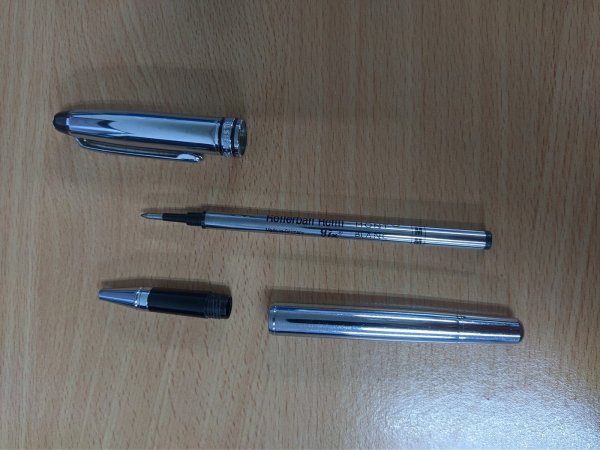
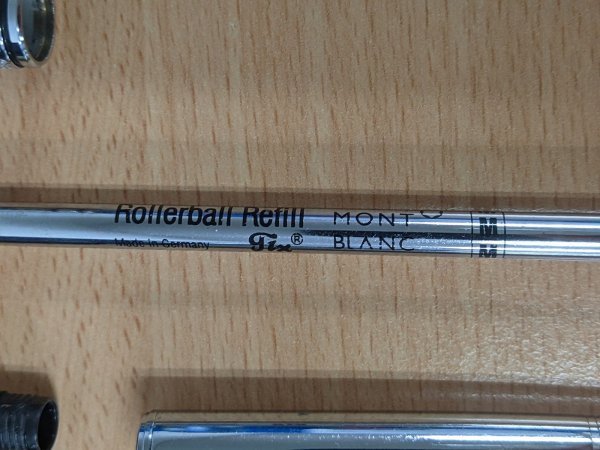
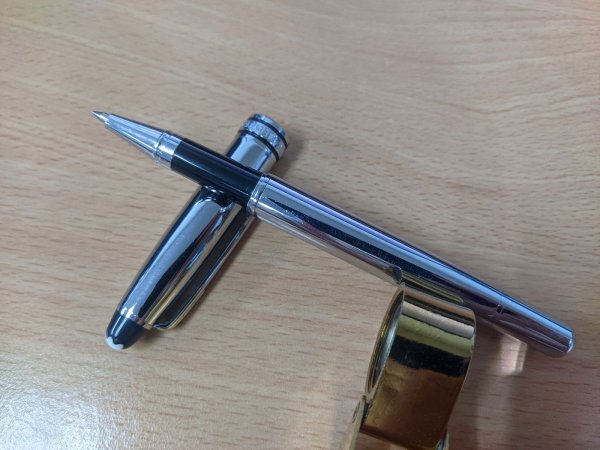
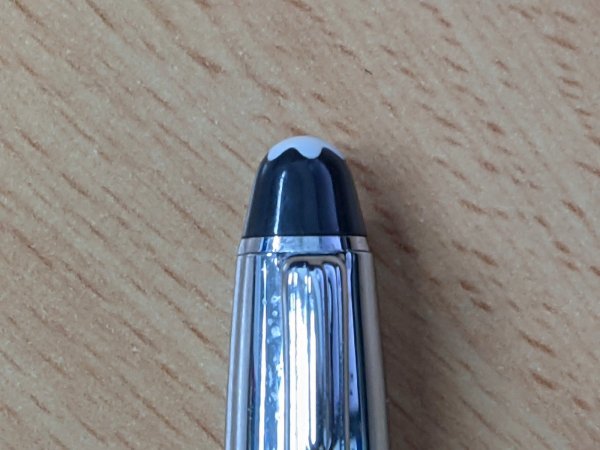
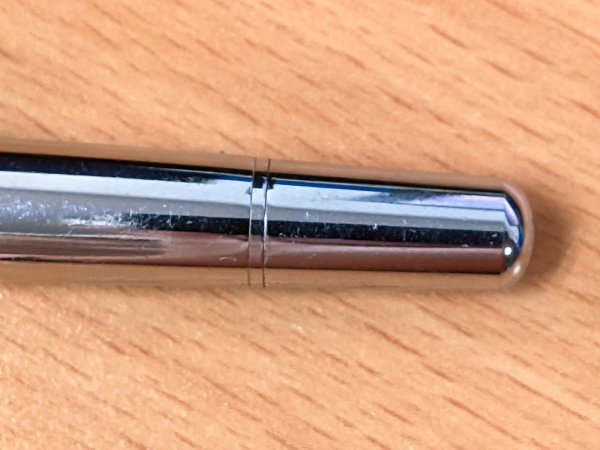
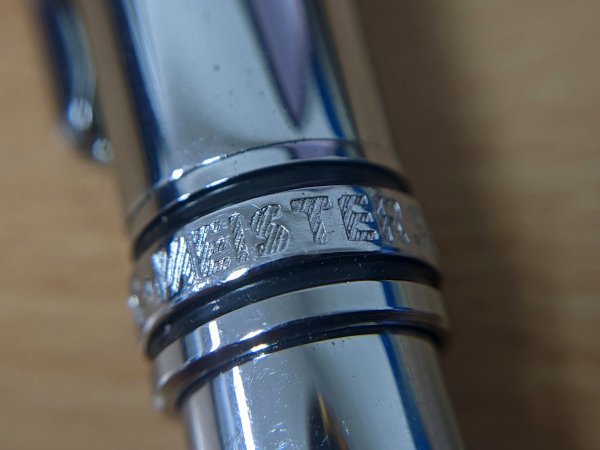
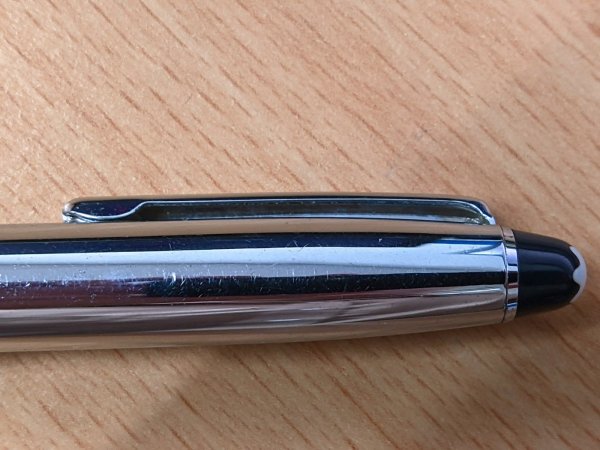
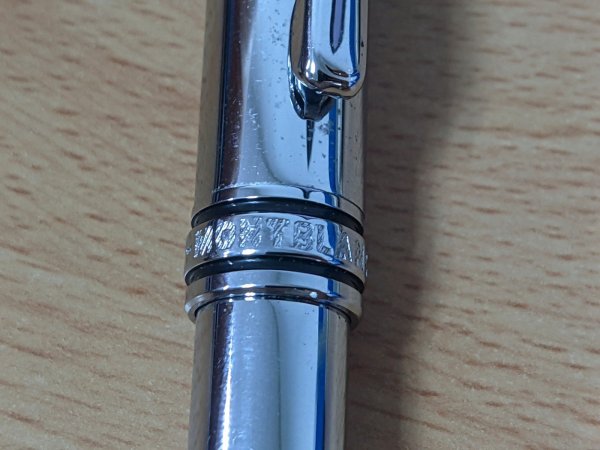
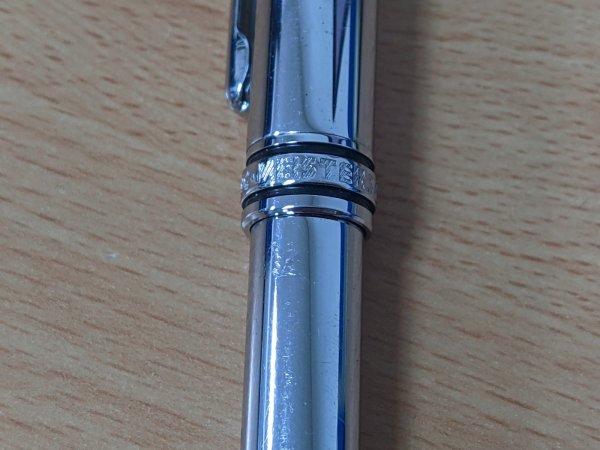
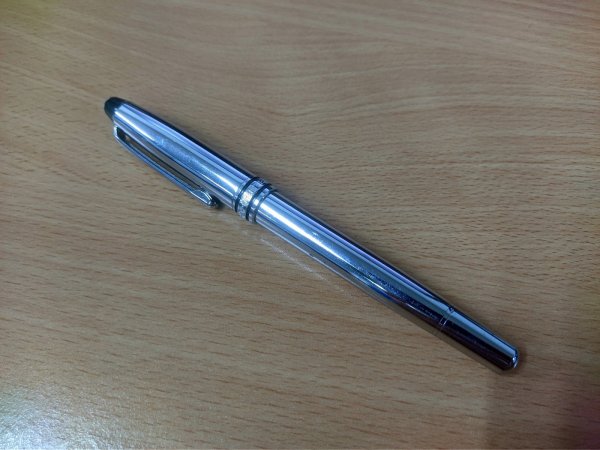
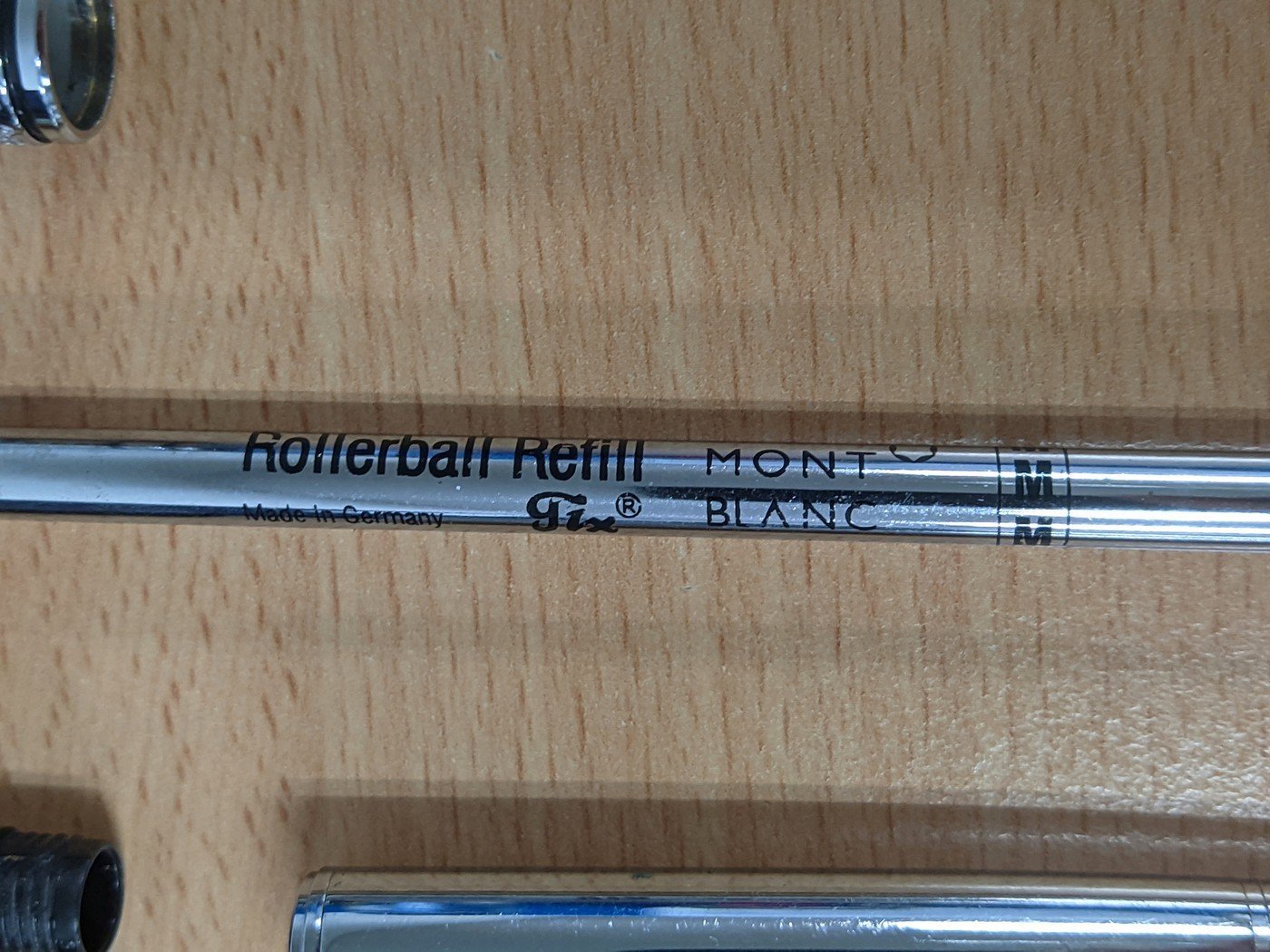
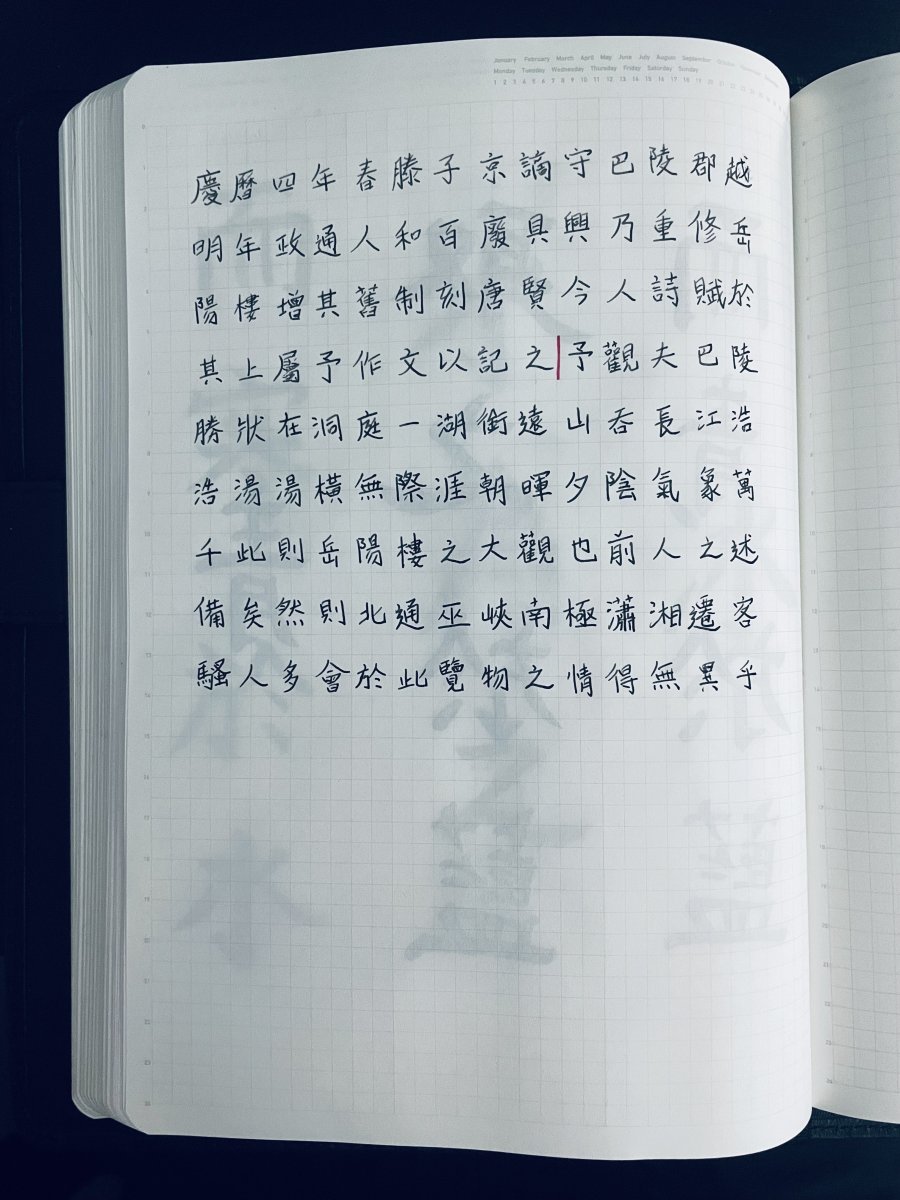
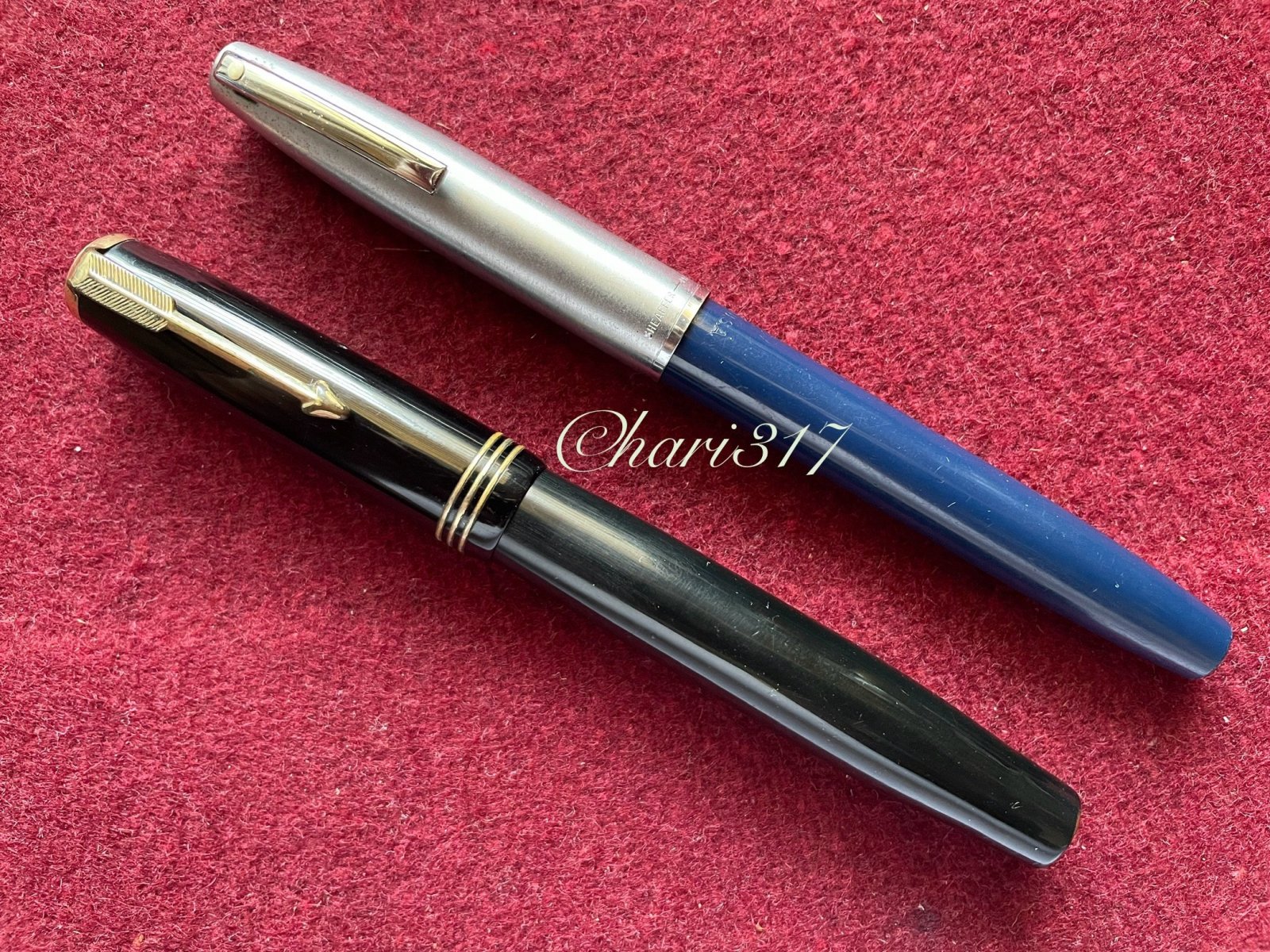

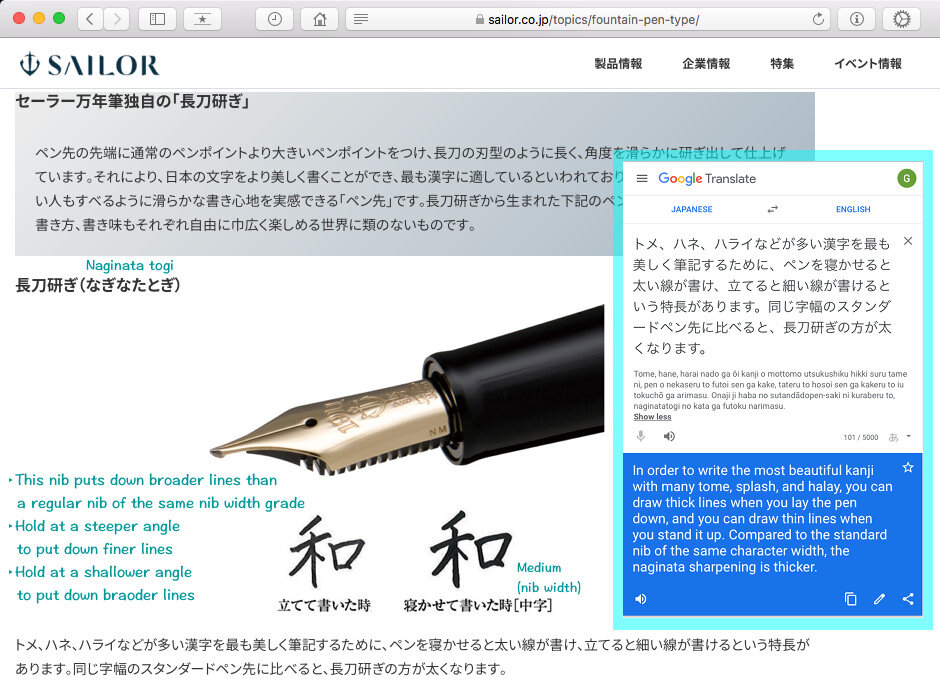

.thumb.jpg.f07fa8de82f3c2bce9737ae64fbca314.jpg)




desaturated.thumb.gif.5cb70ef1e977aa313d11eea3616aba7d.gif)





Recommended Posts
Create an account or sign in to comment
You need to be a member in order to leave a comment
Create an account
Sign up for a new account in our community. It's easy!
Register a new accountSign in
Already have an account? Sign in here.
Sign In Now